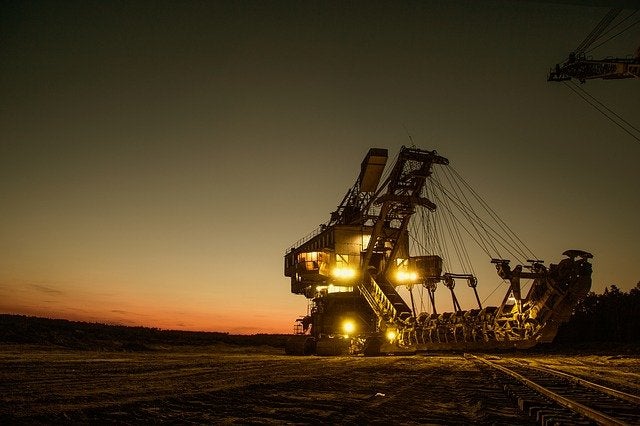
Brunswick Exploration Inc. (“BRW” or the “Company”) is pleased to announce that it has staked multiple claim groups in west central Nova Scotia, totaling 115,837 hectares, all within the huge peraluminous South Mountain Batholith, located roughly 30 kilometers west of Halifax, Nova Scotia.
Mr. Killian Charles, President of BRW, commented: “We have further expanded our grassroot lithium portfolio with additional properties in Nova Scotia. Once more, we are the first to assemble comprehensive regional critical metals properties and we believe we have secured the best targets throughout the province. Nova Scotia is a great jurisdiction with a storied mining history and current operating mines. BRW has now secured a host of exciting targets in Quebec, New Brunswick and Nova Scotia and we continue to see multiple opportunities to expand our portfolio. Our Phase 1 exploration program will focus on prospecting and soil/stream sampling and is expected to begin in Q2 in all three provinces. We look forward to putting Eastern Canada on the map for critical metal exploration and discovery.”
The combined critical metals land package in New Brunswick and Nova Scotia includes 2000 claims covering a surface in excess of 150,000 hectares. This rapidly growing portfolio contains multiple historical showings and over 150 peraluminous pegmatite dykes coincident with lithium till and rock anomalies that have seen no exploration.
Nova Scotia Critical Metals Project Overview
The properties comprise 87 licenses and 6,524 claims with a total surface area of 105,624 hectares, located roughly 30 kilometers west of Halifax. The properties contain over 100 pegmatite dykes within the South Mountain Batholith (“SMB”) that have seen no exploration for lithium (spodumene mineralization). Government of Nova Scotia till samples were taken at roughly 2-kilometer spacing over areas underlain by multiple Devonian granitoids of the SMB as well as Cambrian Meguma sediments. Multiple till and rock samples from the government database returned highly anomalous lithium and tin values. It is important to note that the East Kemptville Tin mine (Rio Algom 1985 – 1992) and the Brazil Lake lithium deposit are within, or in close proximity to, the SMB.






